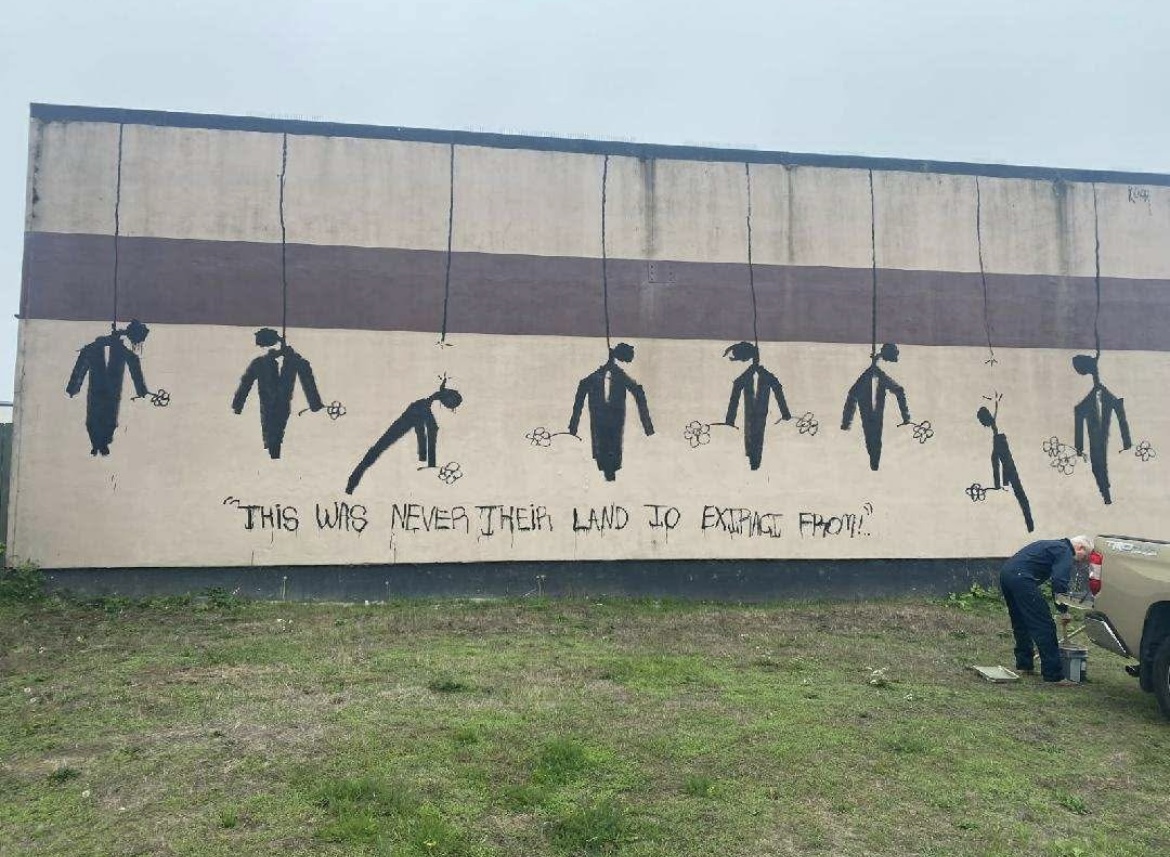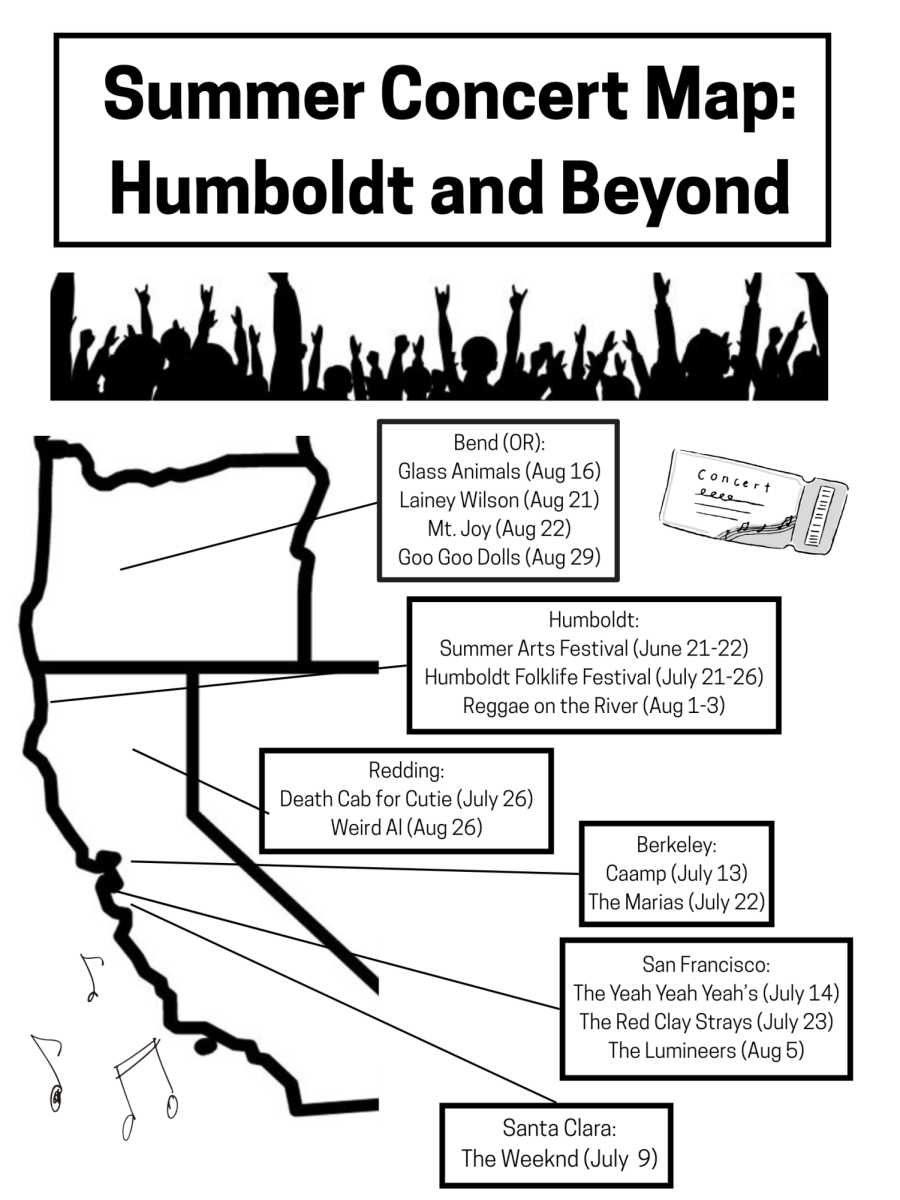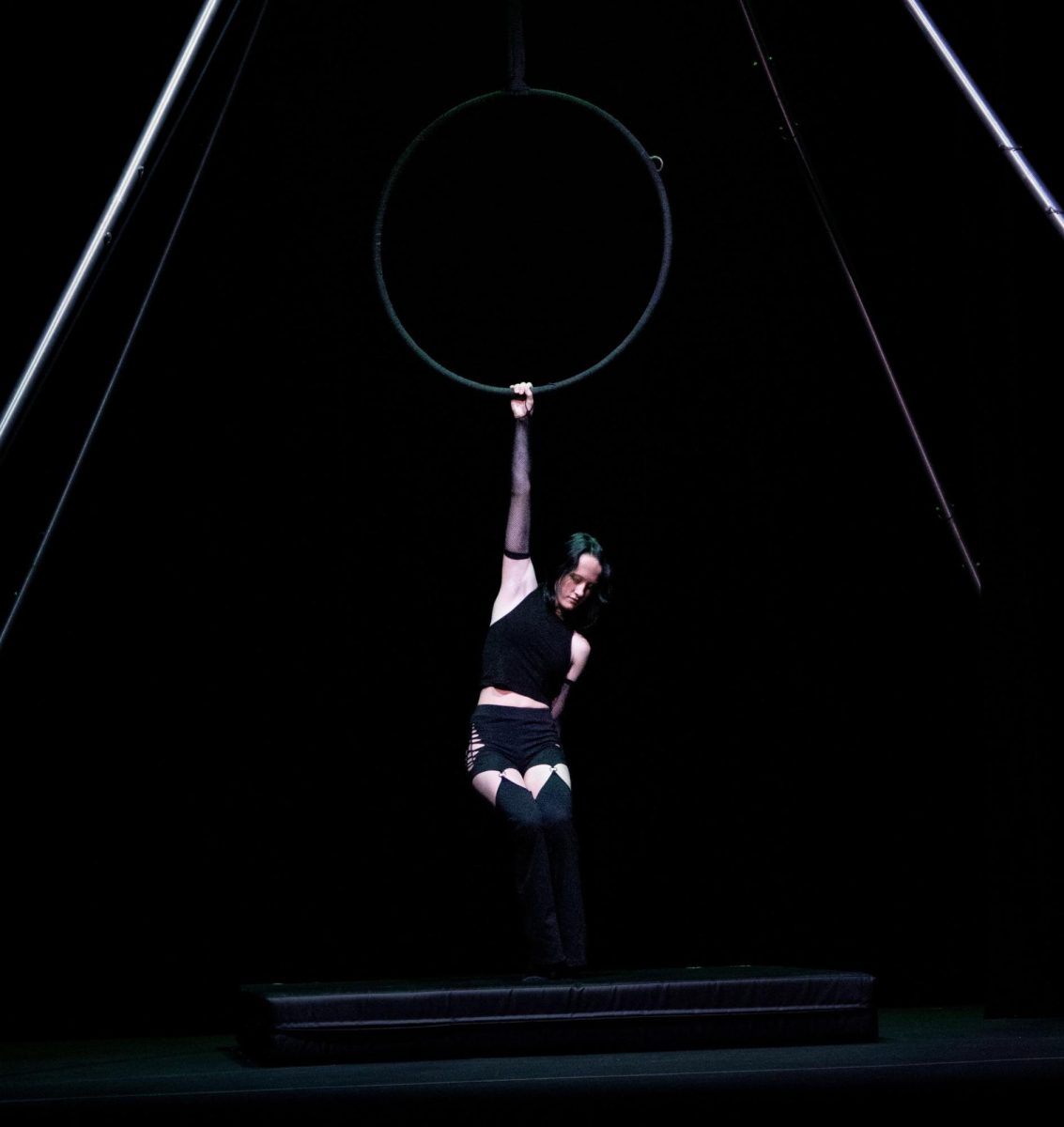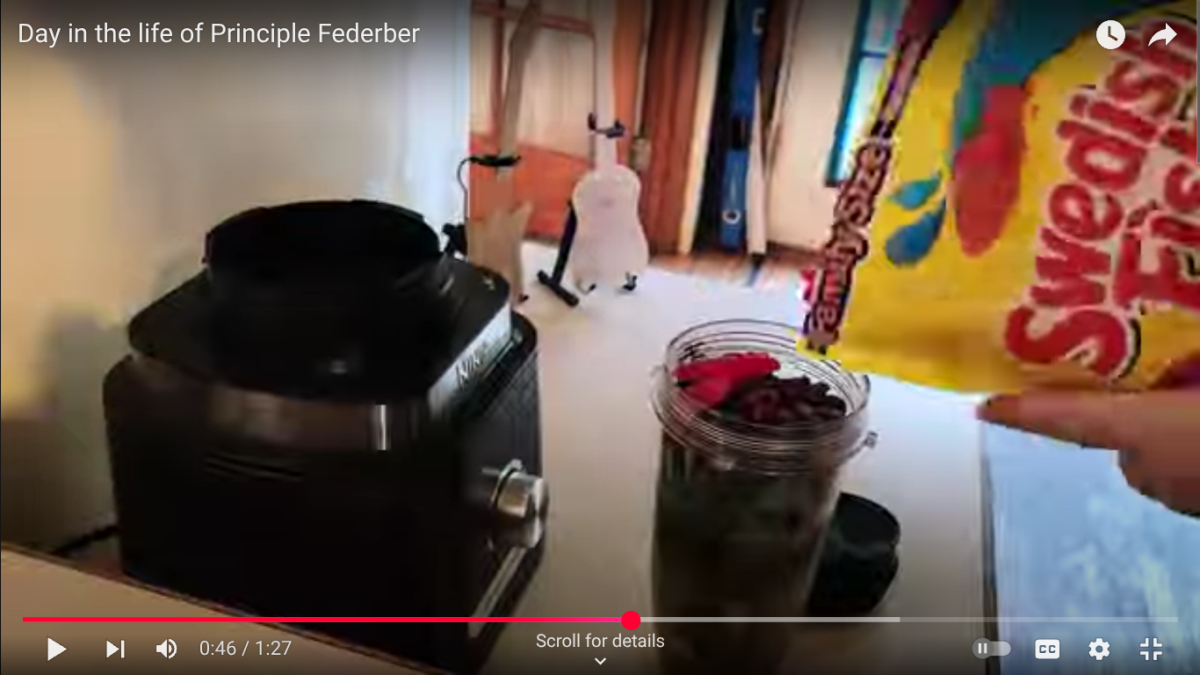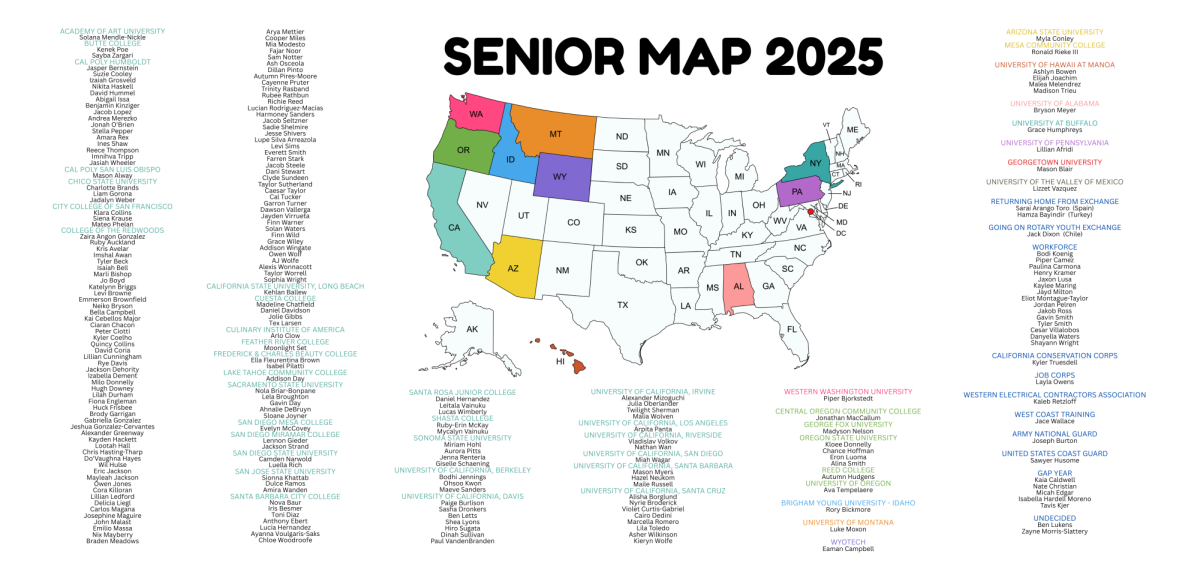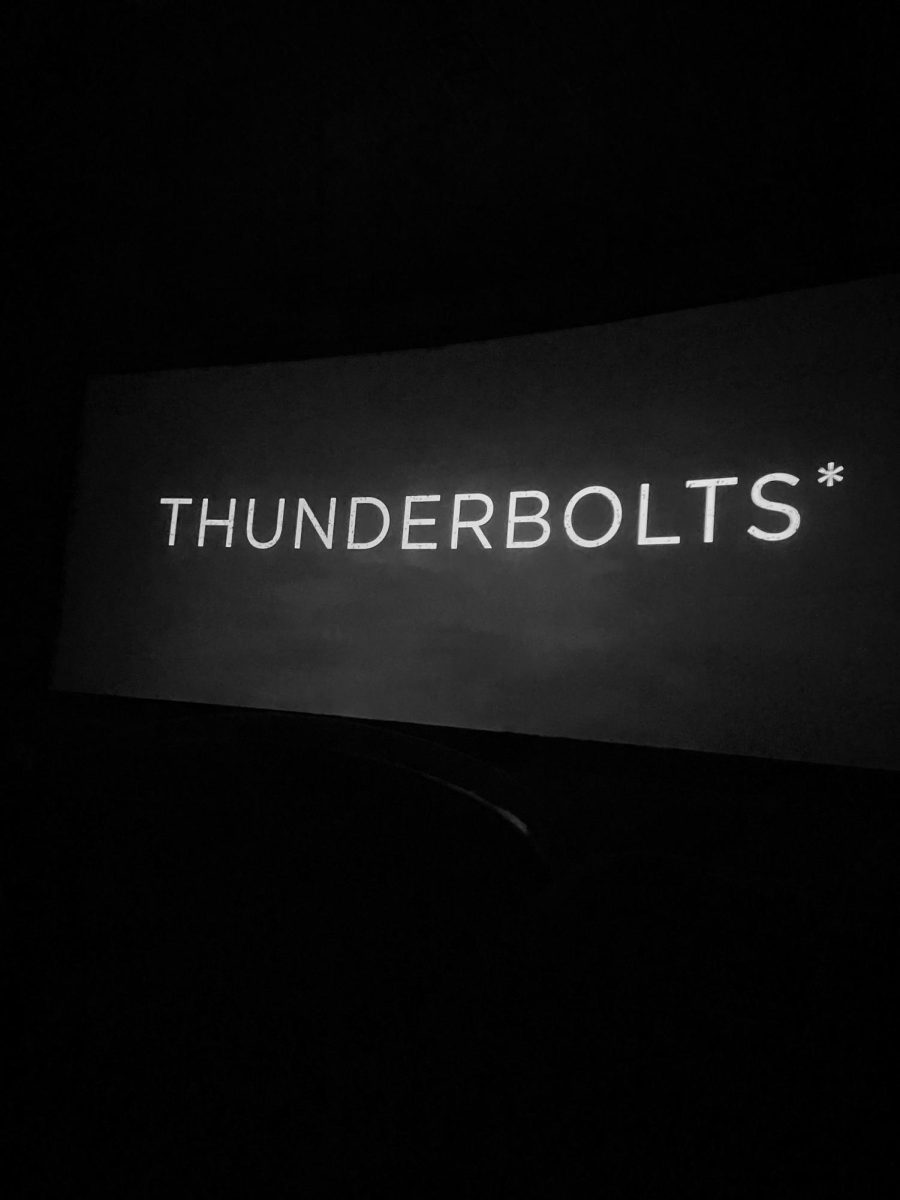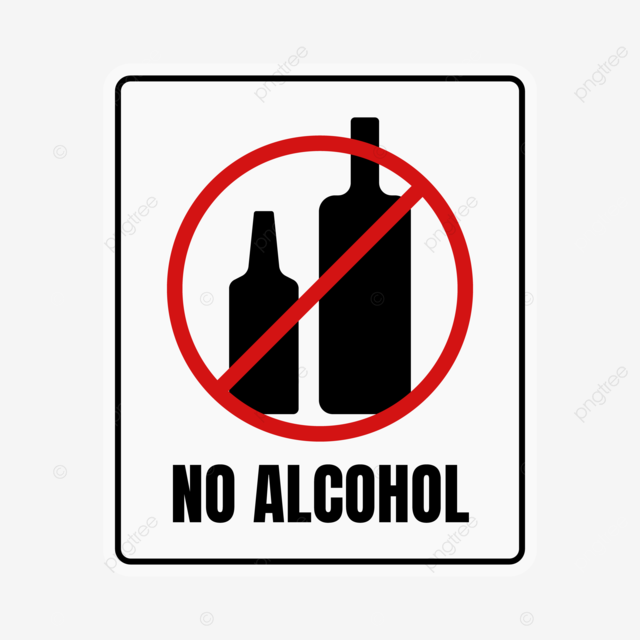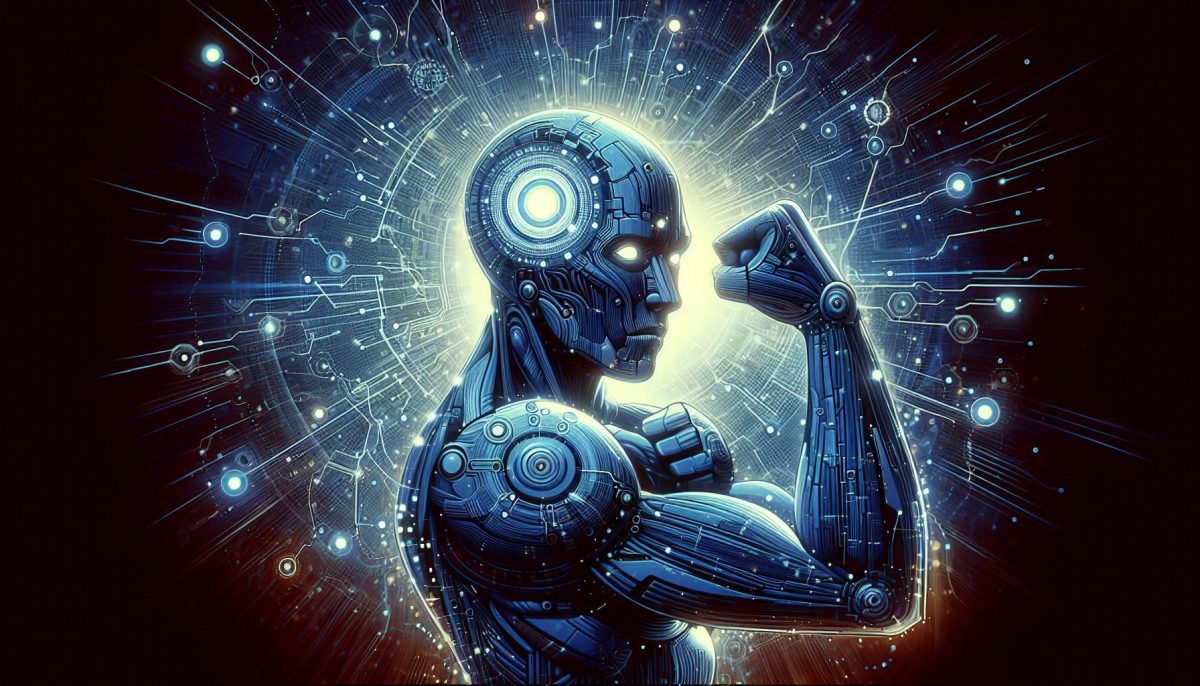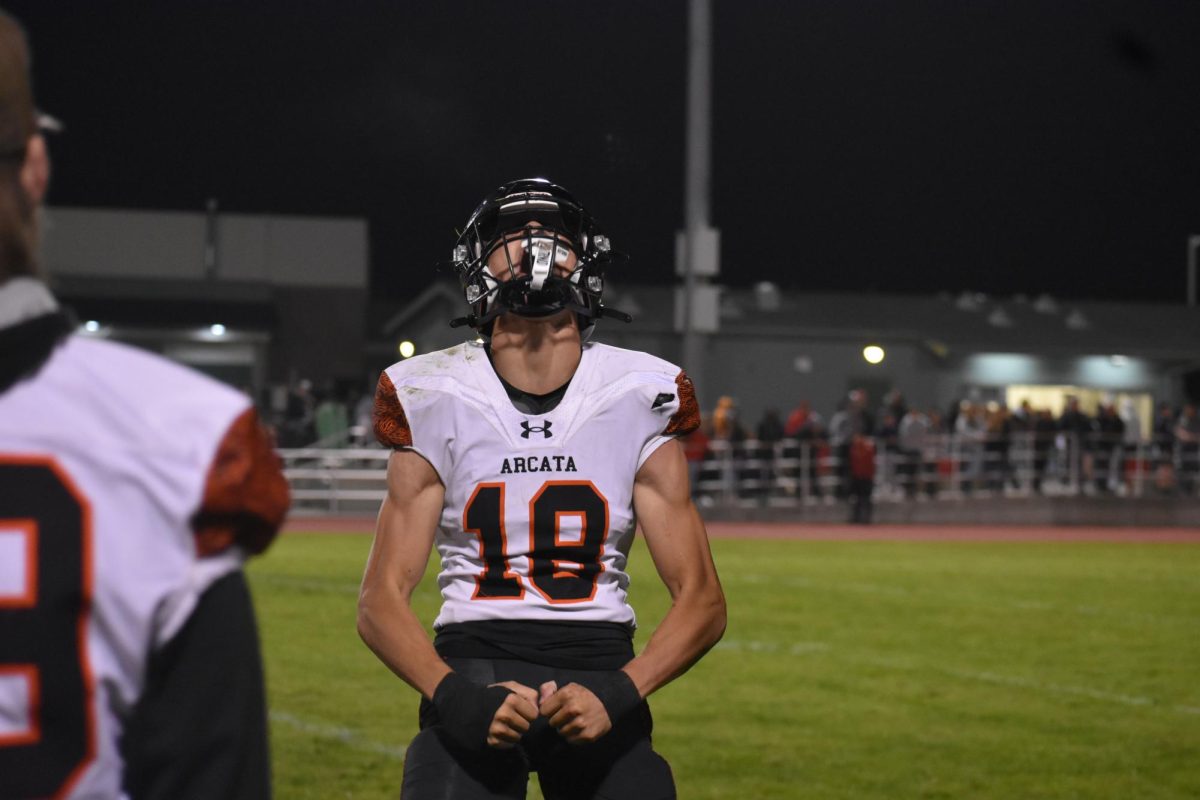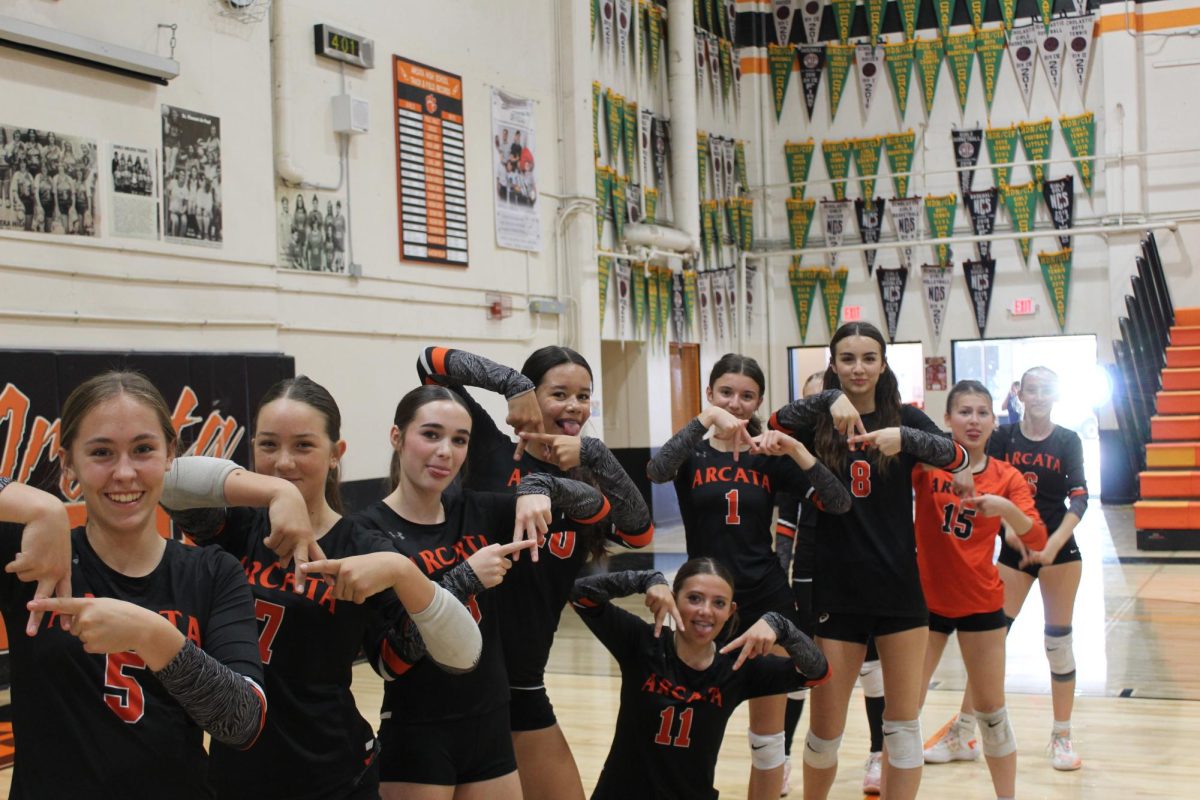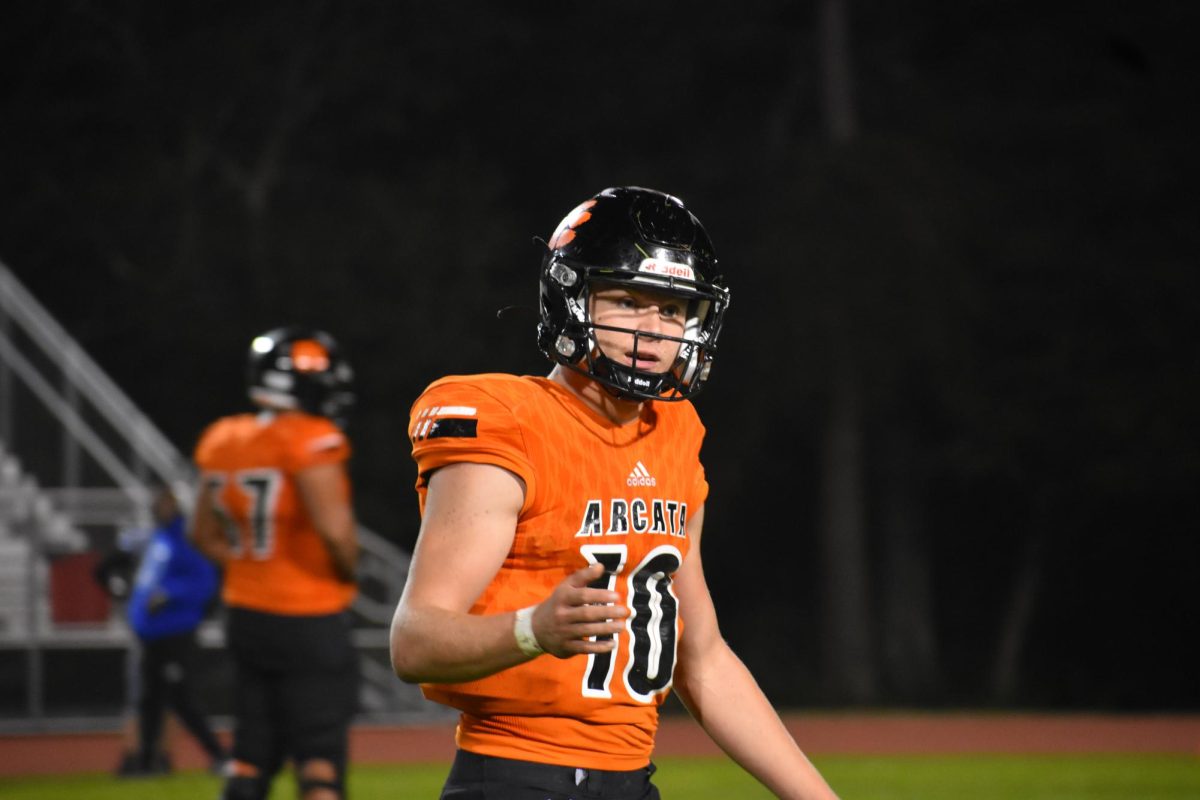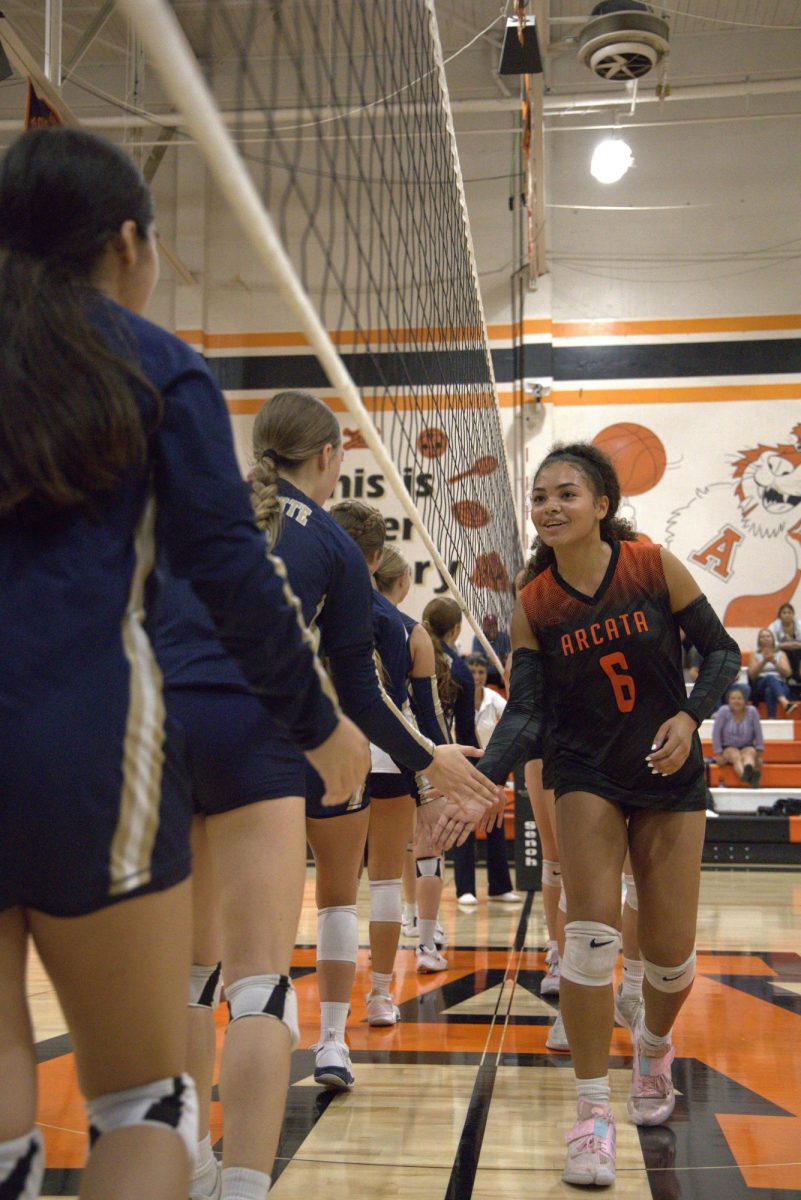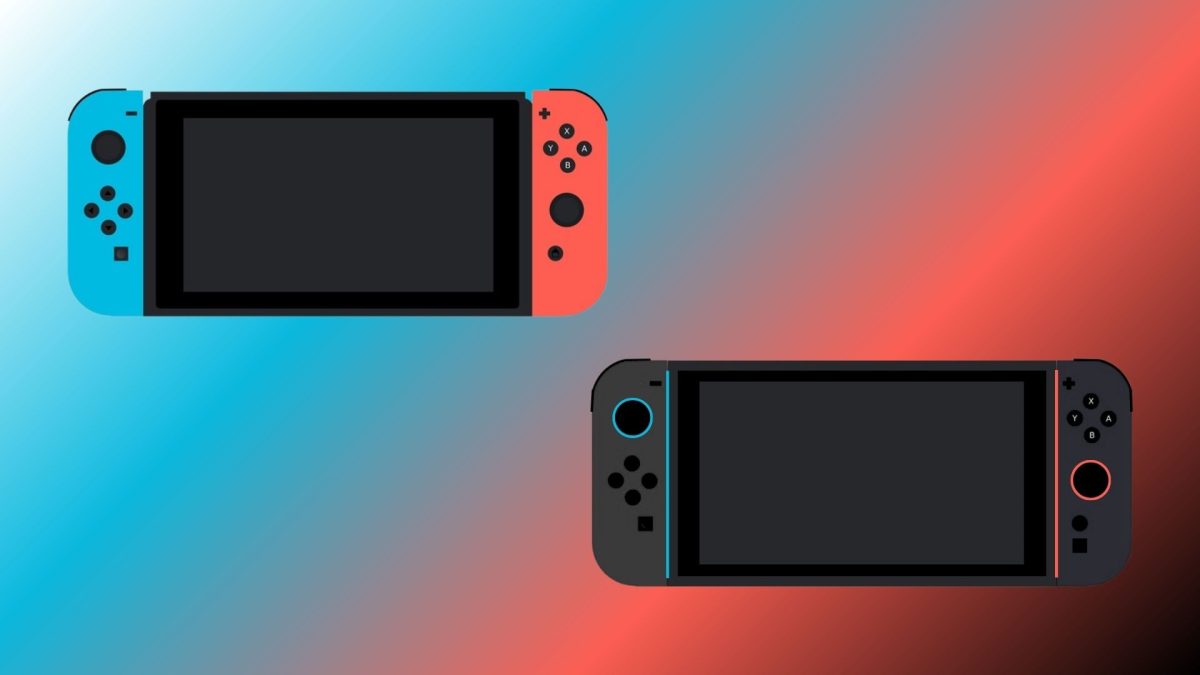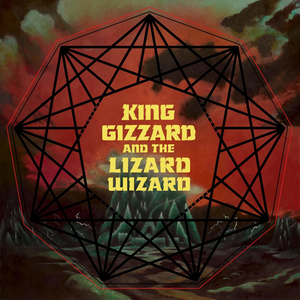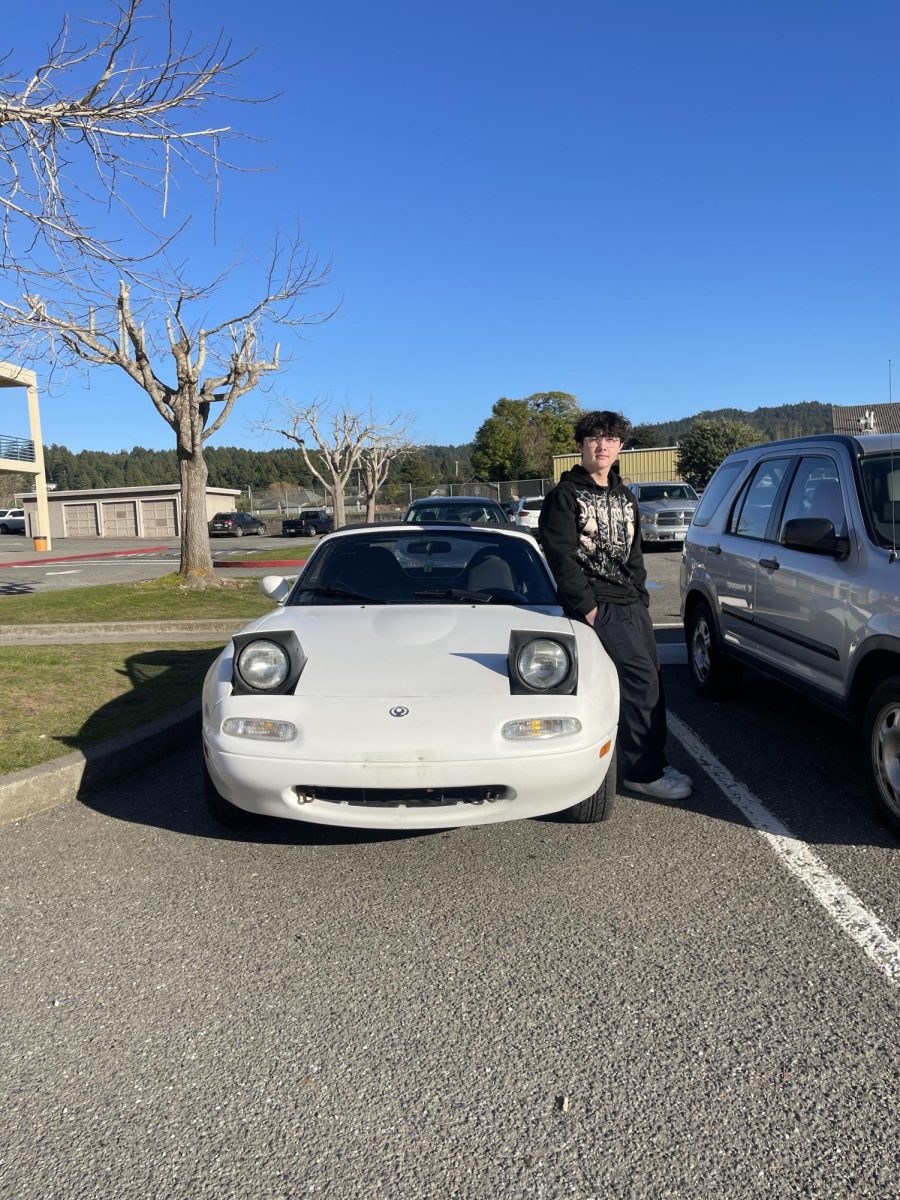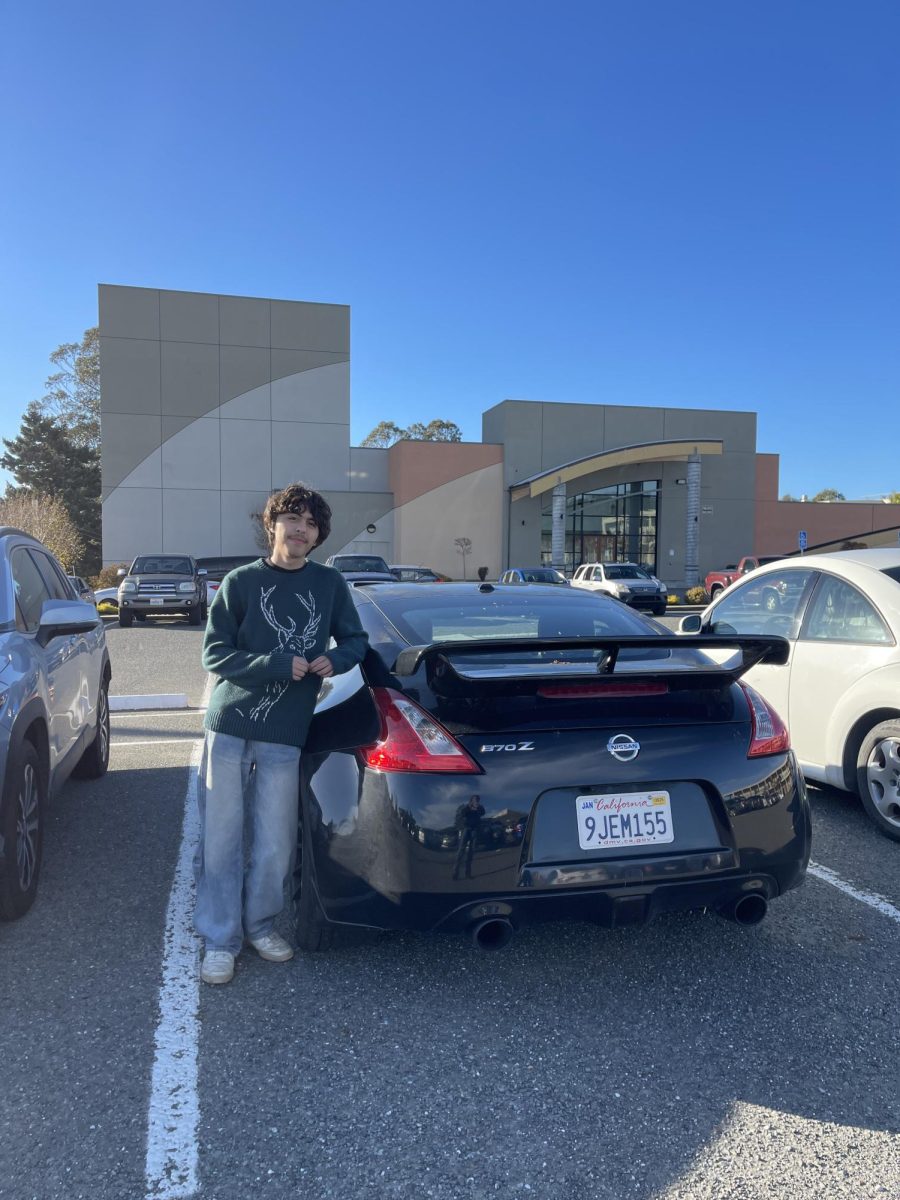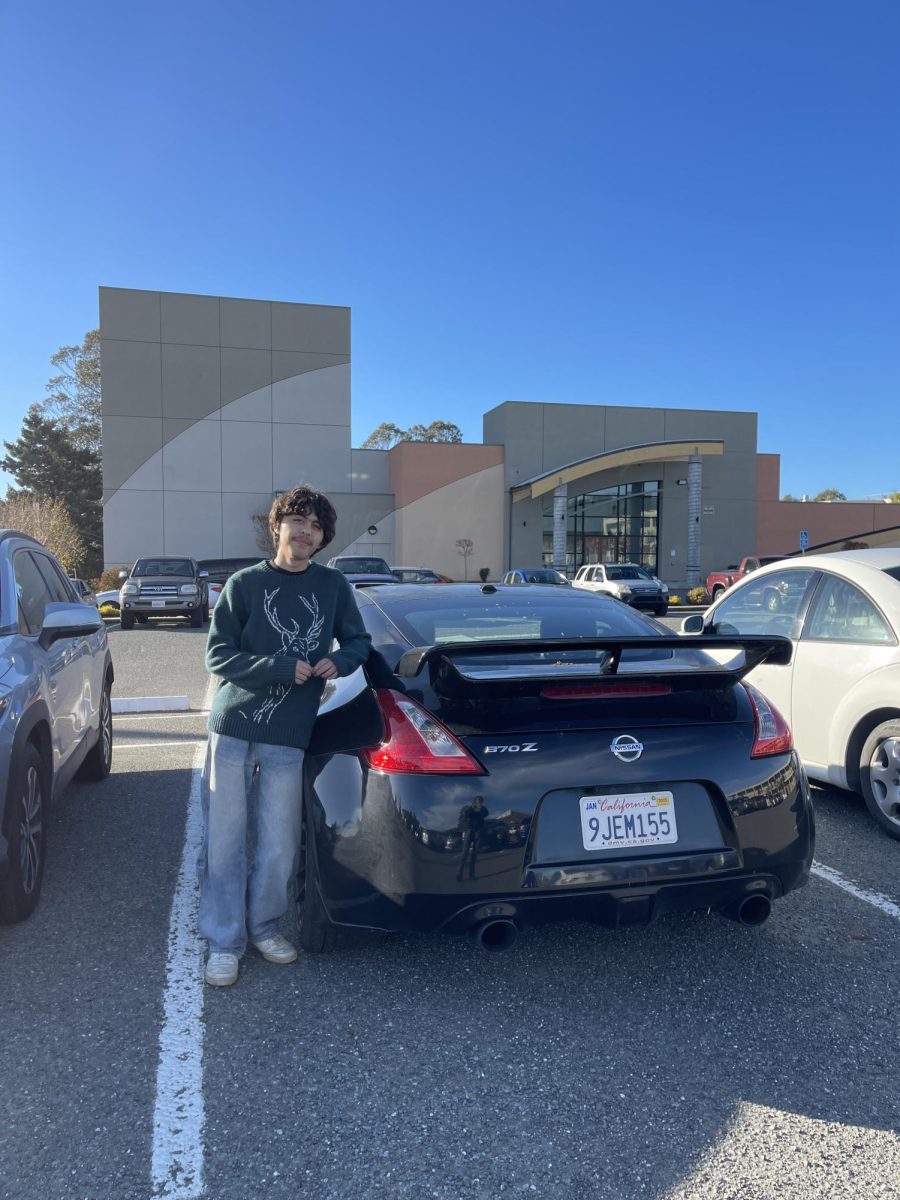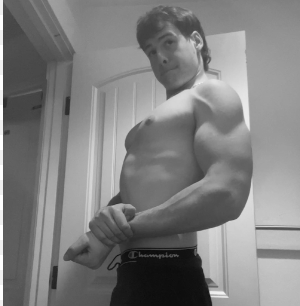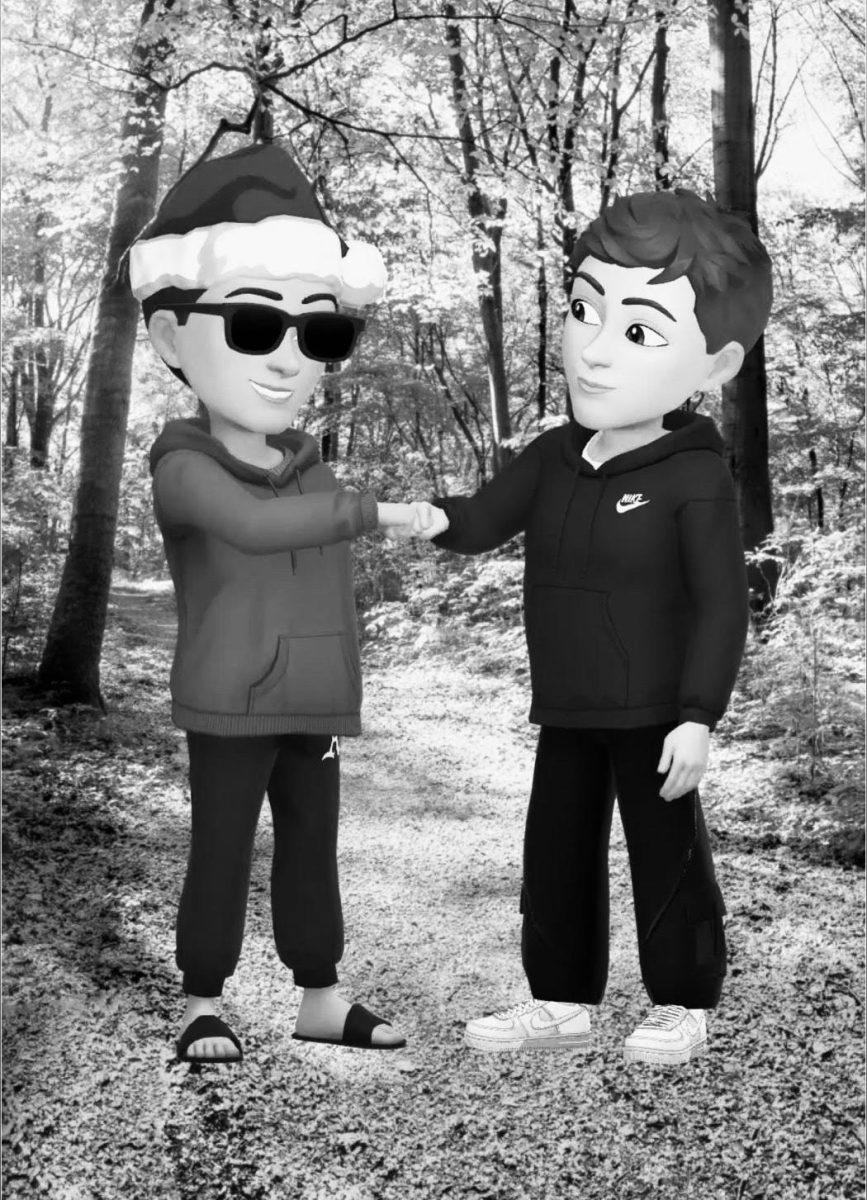Have you ever received a notification that someone added you on Snapchat, and might be interested in you, just to realize the next day that they added 5 of your friends too? Some may criticize this bold move, but it may be the perfect strategy for finding love this Valentine’s Day season.
Snapchat quick-add is a list of people’s Snapchat accounts that have a big add button next to them, usually alongside a bitmoji, which is a little character often created to look like the person who owns the account. This feature allows you to add many friends with less work. These accounts are suggested based on who you have added, so most of the accounts in your quick add will show that you share many mutual friends with them. If you add them and they add you back, you can strike up a conversation in no time. This could be a quick and easy way to meet people that you may be interested in dating.
“I think it can be used as a tool to find dates or love,” senior Liam Gorona said. “Social media in general is how a lot of people know each other.”
Senior Stella Pepper has had a very personal experience with Snapchat quick-add, meting her current boyfriend there. ”My friend took my phone and then added a bunch of people on quick add,” Pepper said. “Eventually I started removing everyone except for him. It was his birthday when he added me back so I texted him happy birthday, and we continued to talk from there.”
Not everyone will be as lucky as Pepper, but if you do strike gold and find the one, Pepper recommends that you migrate away from the yellow app with the ghost on it. “I think you should text on messages and have each other’s phone numbers,” Pepper said. “Snapchat is reserved for pictures and side conversations that don’t really matter.”
Quick-add may be a good way to simply meet people and make friends. It could turn a stranger into an acquaintance in a matter of days. For an introverted person, it could be a good method for breaking the ice with someone. However, the importance of real in-person interaction can not be stressed enough. Digital interaction does not nearly have the same mental health benefits as conversing in person.

